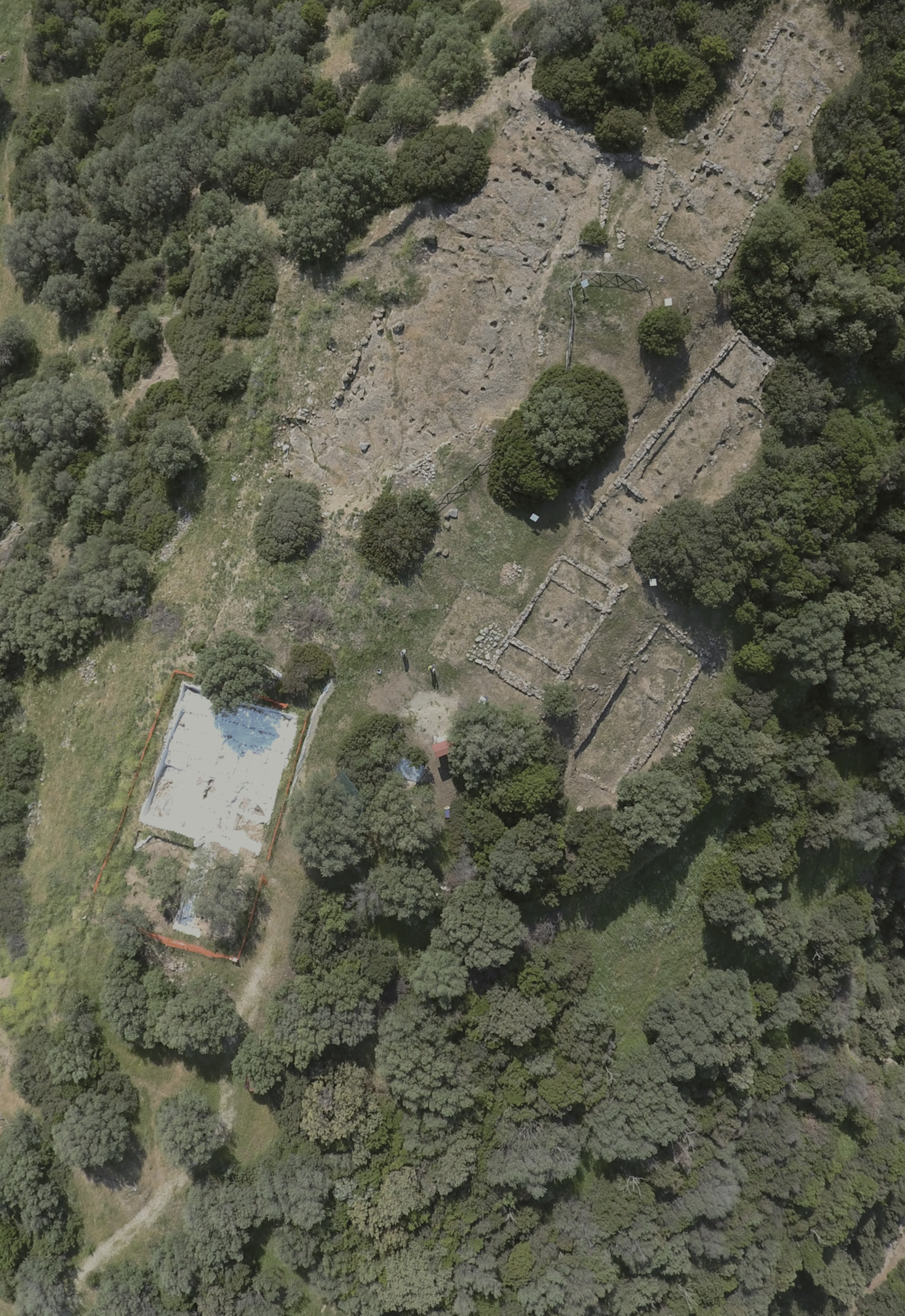Monumental Timber Temples and Cultic Development at Timpone della Motta (Francavilla Marittima, Calabria)
https://doi.org/10.34780/6ze4-944c
Abstract
Archaeological excavations have revealed that enterprising aristocracies were part and parcel of the early Iron Age Italic-Oinotrian population of the foothills behind the coastal plains on the Ionian Sea. This article discusses evidence from local architecture and material culture that the cult site at Timpone della Motta was promoted by such an indigenous aristocracy to attract a commercial and craft elite from overseas. Evidence suggests the presence of Greek practices by the first half of the 8th century BC It would be a mistake to underestimate the intellectual capacity of the Italic Oinotrians, who in the coastal areas were also referred to as Chones or Chonians. These Chonians used nostoi foundation legends to forge crucial ties with a seafaring elite from overseas, while earlier wood-working traditions enabled them to adopt Epeios as their founder and Athena [H]Eilenia as their patron goddess. Three monumental timber-frame temples testify to the success of these attempts to attract entrepreneurs and immigrants. With their huge quantities of pottery, these buildings are evidence of the sanctuary’s supra-regional function.





